Inner city hospital emergency department waiting rooms as places of power and contestation
Similar to bustling transportation hubs, concert venues, and sporting arenas, the waiting rooms of large inner-city hospital emergency departments in the United States, and many other advanced industrialized countries, can be chaotic and challenging environments to navigate. More specifically, beyond their role as places of healing, these urban public spaces are environments where power dynamics and status roles are constantly negotiated and contested.
Description of the Situation
Stepping into a hospital emergency department waiting room reveals a scene of varied activity: security personnel and possibly police stationed at the entrance, receptionists and nurses managing intake, and patients (and the people who may accompany them) anxiously awaiting their turn for care. Signs, doors, and counters appear to be everywhere.
Although many staff members exhibit care and compassion, others, often because of burnout and physical and emotional fatigue from shift work, and overly demanding and sometimes rude patrons, and sometimes violence by actual and prospective patients, may appear jaded, overly bureaucratic or even hostile. Meanwhile patients may feel processed, and frequently encounter directives like “Please take your turn” and “Please sit down until your name is called,” amidst an atmosphere of impatience and tension.
Both emergency department workers and patients, along with their relatives or friends, may experience a range of emotions, finding the experience frustrating, challenging, and at times, unexpectedly interesting. However, the environment can also evoke feelings of depression and anxiety.
In short, emergency departments operate on the principle of triage, prioritizing those with life-threatening conditions while managing resources to address the needs of all patients. Influenced by economic constraints, this leads to a rationing of care. Patients arrive via emergency medical services, police transport, or as walk-ins, representing a diverse spectrum of demographics and health conditions. Among them are the poor, homeless, elderly, mentally ill, victims of street and domestic violence, and substance-dependent individuals, often with complex and urgent medical and psychiatric needs.
Significance of the Issue
In societies where access to healthcare is rationed, preventative care remains elusive for many urban dwellers, inner-city emergency departments serve as the last resort for those in need. The waiting rooms are often full with lower socioeconomic individuals who face barriers to accessing timely and adequate healthcare, exacerbating health disparities. The lack of access to primary care providers contributes to the overutilization of emergency services, particularly by marginalized populations, including the homeless. Class dynamics also come into play, with privileged individuals who visit the ER sometimes expecting preferential treatment based on their social status.
The ebb and flow of patients in emergency departments vary with the time of day and season, reflecting seasonal health trends, climatic conditions, and local demographics. People who show up in the emergency rooms sometimes may do so with open sores, poor hygiene, coughing and hacking. Within the waiting room, tensions simmer as individuals vie for attention, with intake nurses assuming the roles of mediators and gatekeepers.
Proposed Solutions
Addressing the challenges inherent in inner-city emergency department waiting rooms requires multifaceted strategies. These include, but are not limited to:
Enhanced Patient Experience: Introducing entertainment options such as TVs and magazines can alleviate boredom and reduce tension. Clear communication about wait times and procedures can manage expectations and reduce anxiety.
Support for Staff: Investing in training programs and support services can equip staff with the necessary skills to navigate challenging interactions and mitigate burnout.
Community Outreach: Educating the community about the appropriate use of emergency departments and promoting access to primary care can reduce reliance on emergency services for non-urgent needs.
Streamlined Processes: Optimizing triage and intake procedures can minimize wait times and ensure timely access to care for those with urgent medical needs.
Addressing Healthcare Inequities: Advocating for policies aimed at improving access to primary care and addressing social determinants of health is crucial to reducing disparities in emergency department utilization.
Collaborative Partnerships: Engaging with local government agencies and community organizations to develop holistic approaches to healthcare delivery can address underlying systemic issues contributing to frequent emergency department visits.
In conclusion, inner-city emergency department waiting rooms serve as microcosms of broader societal inequities in healthcare access. By one or more of these suggestions, we might be able to create more equitable and compassionate healthcare systems for all individuals, regardless of socioeconomic status and reduce the kinds of challenges that are manifest in places like emergency rooms of inner city hospitals.
Photo Credit:
Photographer: Micheal
Title: Emergency Room

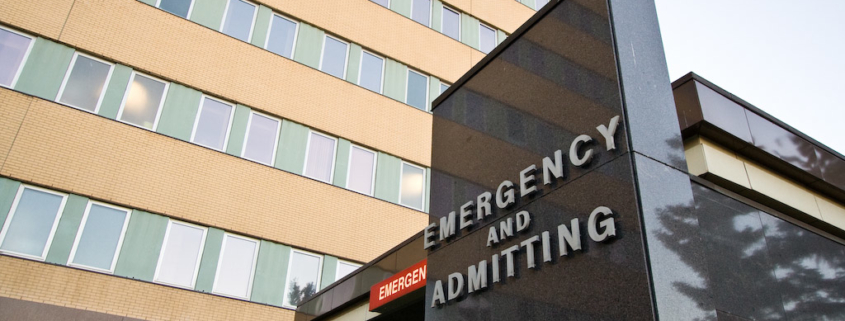
 Creative Commons
Creative Commons
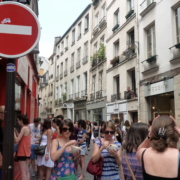
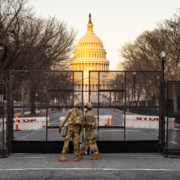
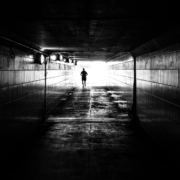
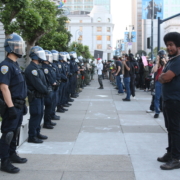 Creative Commons
Creative Commons



 https://rosarubicondior.blogspot.com/2021/02/trumps-legacy-how-trump-made-america.html
https://rosarubicondior.blogspot.com/2021/02/trumps-legacy-how-trump-made-america.html